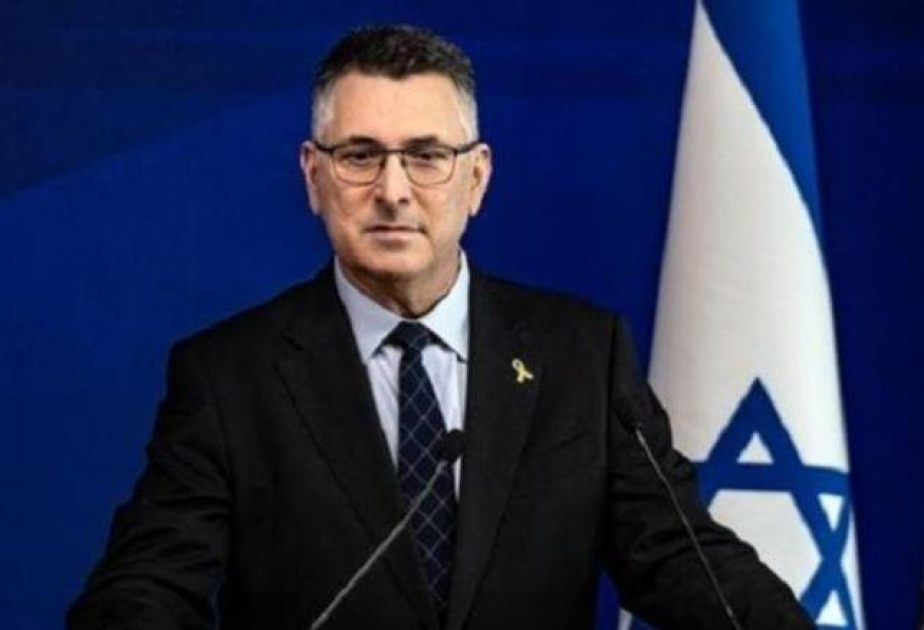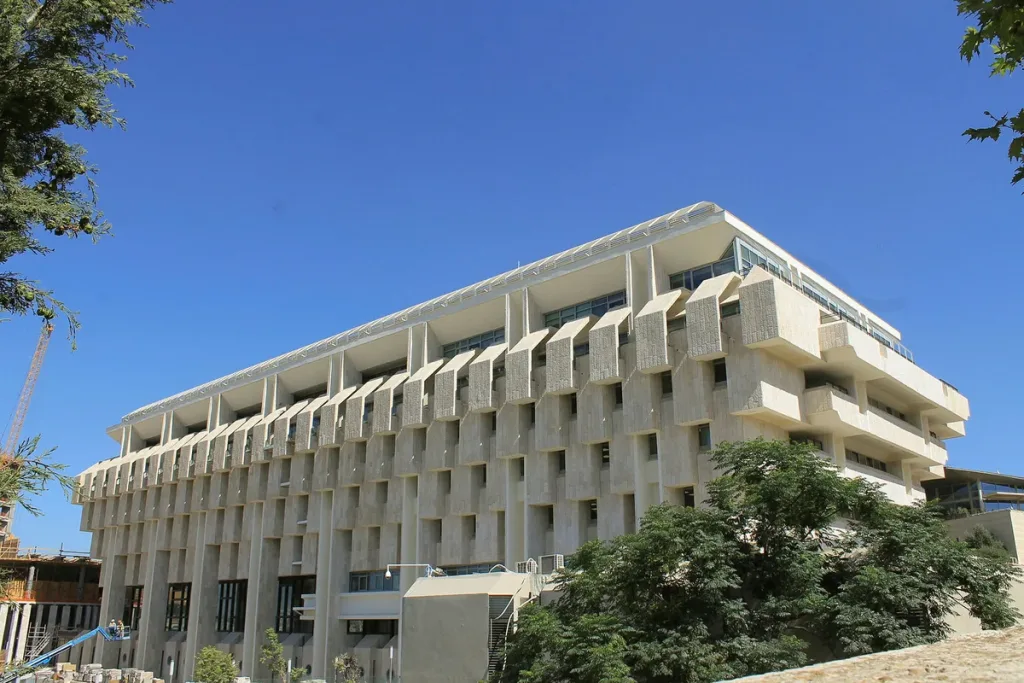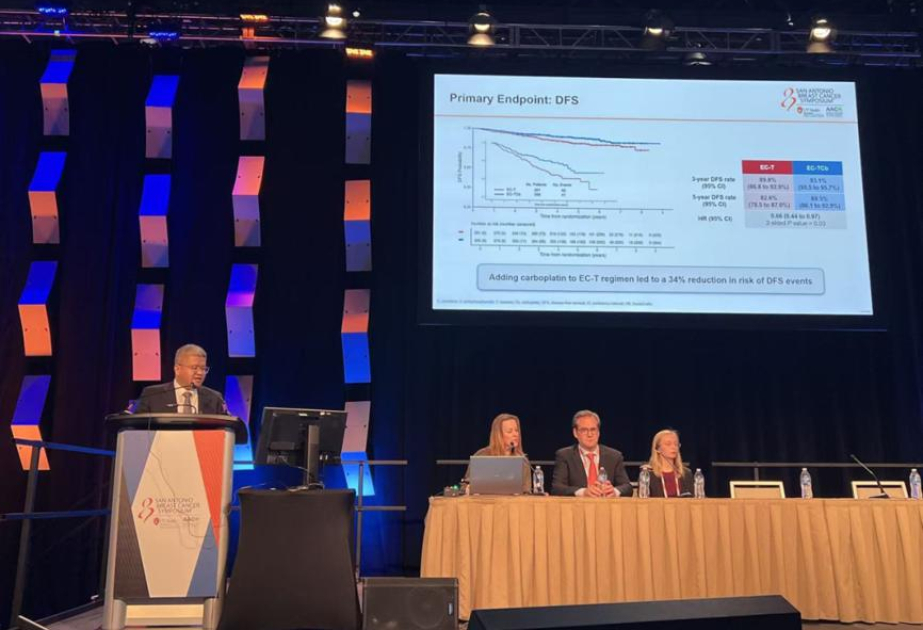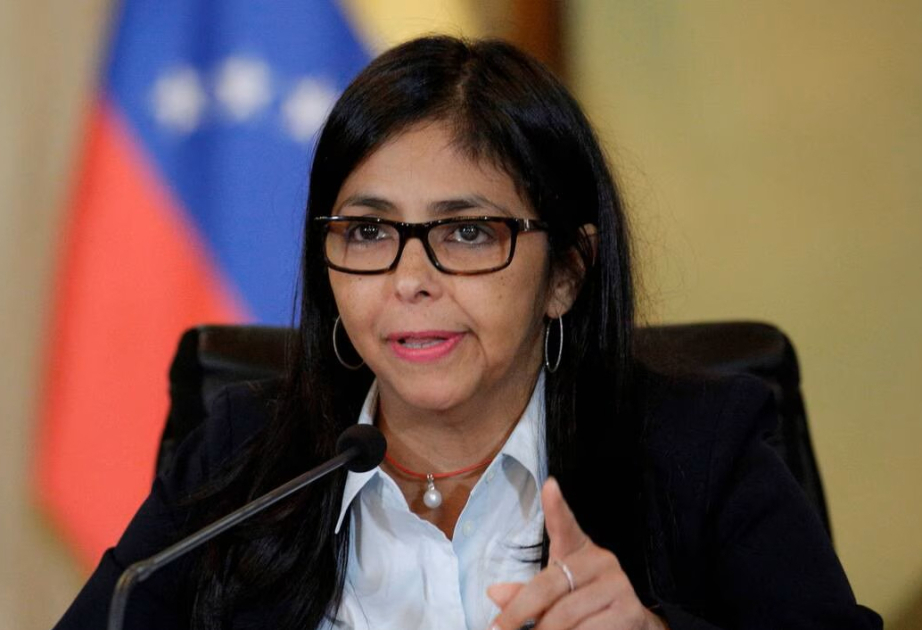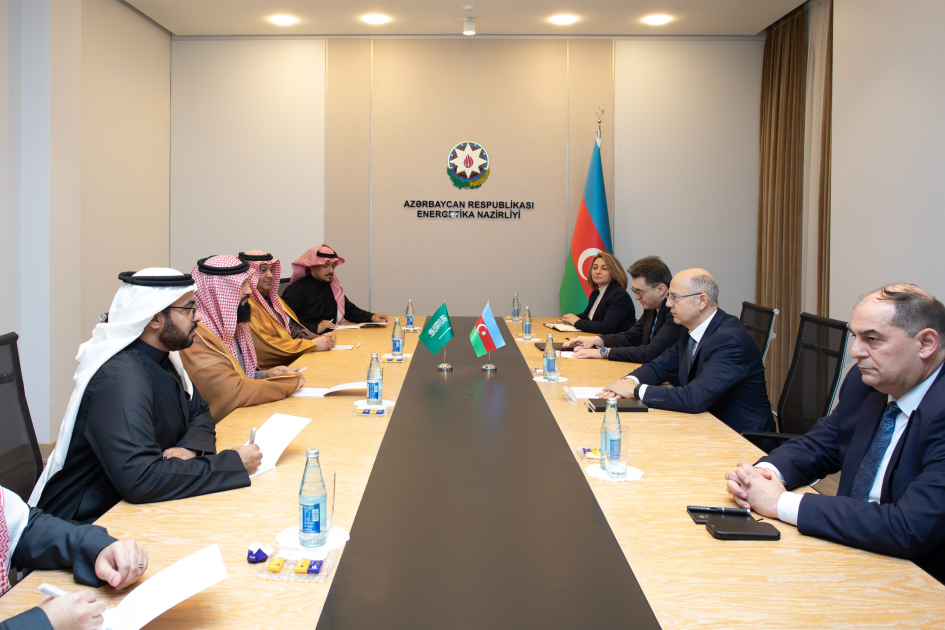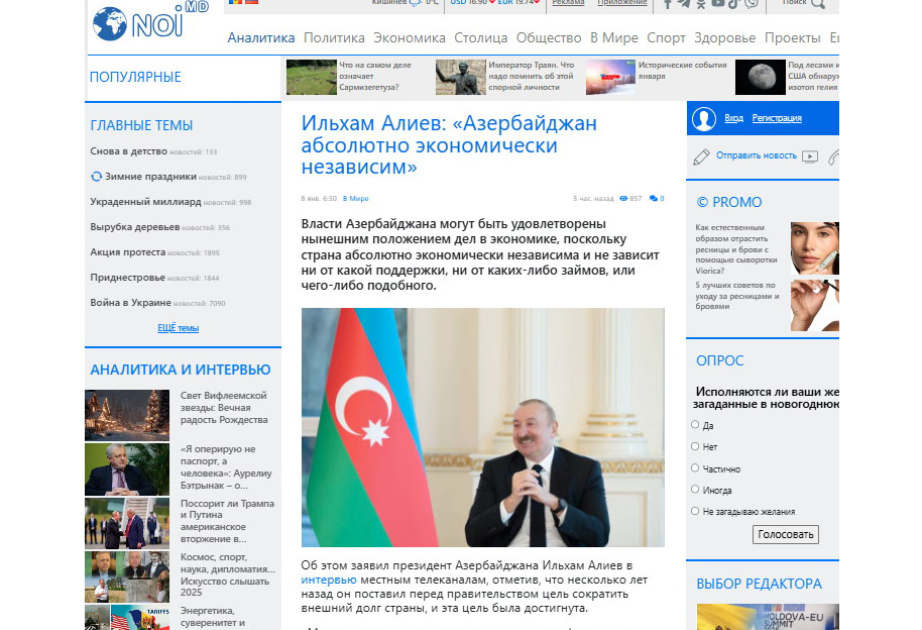Months of political deadlock in the US Congress over a $60 billion aid package for Ukraine has left Kyiv desperately looking for alternative donors to fund its war effort against Russia and avert swingeing cuts to public spending, Report informs via The Financial Times.
Ukraine has allocated nearly half of its $87 billion budget for this year to defense-related expenditure, but its domestic revenues are just $46 billion, meaning it needs to cover the gap with help from international partners and by reducing its non-military spending. The deficit is set to be further widened by an expected wave of up to 500,000 recruits, with billions more needed for their salaries, training and equipment.
“We have pretty much reached our capacities — all the internal resources are being used to finance the army,” said Roksolana Pidlasa, chair of Ukraine’s parliamentary budget committee.
Ukraine’s original “Plan A”, said Pidlasa, had been that fresh US and EU aid would start flowing in January. Hungary held up the EU’s €50 billion four-year non-military aid package, which was eventually agreed in mid-February. These delays have meant that Kyiv has started looking at a “Plan B” and even a “Plan C”, Pidlasa said.
“The government is having negotiations for extra budget support with other G7 countries, especially Japan and Canada,” she said. “We’re also looking at cutting non-military expenditures significantly” and raising taxes, she added.
Ukraine’s President Volodymyr Zelenskyy said last month that if the US Congress did not approve the aid in coming weeks, “our position on the battlefield will be weaker”. A fresh bipartisan effort to break the deadlock is currently underway in Washington, though chances remain slim as Republican frontrunner Donald Trump opposes funding for Ukraine.
“We only have so many options,” said Pidlasa, who added that Ukraine was putting “maximum diplomatic efforts” into arguing their case in the US.
But Kyiv is bracing for a repeat of this situation next year. The US budget process will start in October, a month before the presidential elections, and so “it could be the same process as we saw this year”, said a senior Ukrainian official.
In addition to this year’s planned defense spending, officials are warning that the anticipated wave of nearly half a million recruits will cost $8.6 billion in salaries, basic equipment, food and training. Last month, Ukraine’s army requested $12.4 billion for military hardware and equipment, partly to cover the US gap and partly for the expected mobilization.
Since the war began, Kyiv has spent nearly all of its revenues on training, equipping soldiers and paying their wages. For everything else, Ukraine has been reliant on a complex combination of increasingly unpredictable Western aid.
Budgetary support from the US, the IMF, the EU and the World Bank can only be used for non-military expenditure, such as pensions and salaries.
Only about half of the $37 billion needed from international partners this year has been committed by the EU and the IMF, according to the Ukrainian finance ministry. This month, Kyiv expects a tranche of €4.5 billion from the EU and over $2.5 billion from the IMF, Japan, the UK and Canada. In the first two months of the year, Ukraine received $1.2 billion in grants and concessional financing from Japan, Norway and Spain, the ministry said, adding that talks with more allies were underway.
In order to reduce its budget deficit, the Ukrainian government has levied a windfall tax on bank profits, which narrowed the gap by $3.7 billion this year, the finance ministry said.
Spending cuts, privatizations, tax hikes, and — as a last resort — printing more money, were also options being considered, said Pidlasa. But, she added, “most of these administrative methods will be unpleasant”.
Ukraine’s politicians are also looking at introducing “reserve systems”, where men can pay a fee not to be drafted, but Pidlasa said this was a political decision and not currently part of budget calculations.
While Kyiv’s budget revenues are covering the backbone of the army, US weaponry and ammunition stockpiles have been essential for Ukrainian forces, notably in fending off Russian air attacks with four Patriot air defence systems. A large part of the $60 billion package held up by House Republicans would fund weapons.
But as US military aid for 2023 is drying up, the effect is being felt on the battlefield.
Ukrainian troops had already started reporting severe ammunition shortages in December, forcing them to ration their firepower. Russian forces have not been affected by such deficiencies and have been progressing gradually westwards, taking the town of Avdiivka near occupied Donetsk and five other villages.
A European effort led by the Czech Republic to urgently purchase ammunition shells for Ukraine has gathered traction in recent weeks, with France and Germany pledging contributions. But the program has yet to be finalized.
The efforts of Kyiv’s allies have been marked by contradictions when providing arms, notably Germany’s resistance to supplying Leopard-2 tanks for a long time and its current reluctance to deliver long-range cruise missiles.
“Frankly speaking, there are so many inconsistencies,” said Glib Buriak, an economics professor at the Ukrainian-American Concordia University. “Germany says they can’t provide Taurus missiles, but the UK and France can [provide their long-range Storm Shadow and Scalp missiles]. And Germany is OK to provide tanks and artillery.”
Ukraine’s leaders have rejected suggestions that their country should mirror Russia’s war economy, arguing that over half of its economic output is generated in the service sector and much of its industrial base was dismantled following the break-up of the Soviet Union and further destroyed since the war.
“If we drafted everyone to work on military production, who’s going to pay for ordering the shells and hardware? Somebody has to pay taxes,” said Pidlasa.
The Ukrainian economy ministry is, however, seeking to boost domestic production and last month announced $1.1 billion worth of cheap grants and loans to stimulate manufacturing and attract investment.
But Zelenskyy emphasized that this support was only open to those businesses that paid taxes — as tax evasion remains an issue that plagues the state’s finances.
Tax compliance has improved since Russia’s full-scale invasion, with revenues up 12.4 percent in the year to February compared with the previous 12 months, said Danylo Hetmanstev, head of Ukraine’s parliamentary tax committee.
“Taxes are weapons. Before the war, half the economy was in the shadows,” he added.




